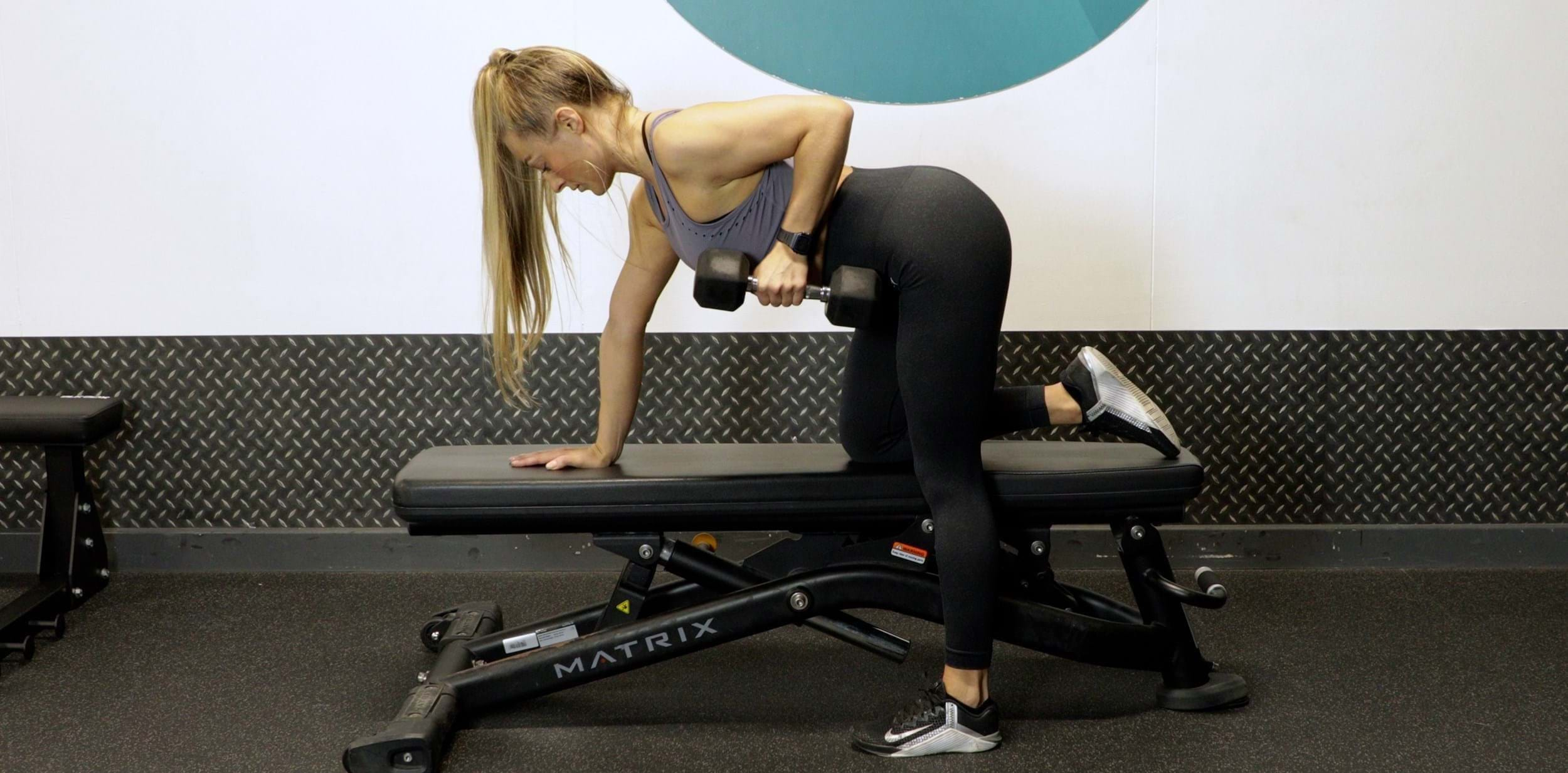Rows
What is a row?
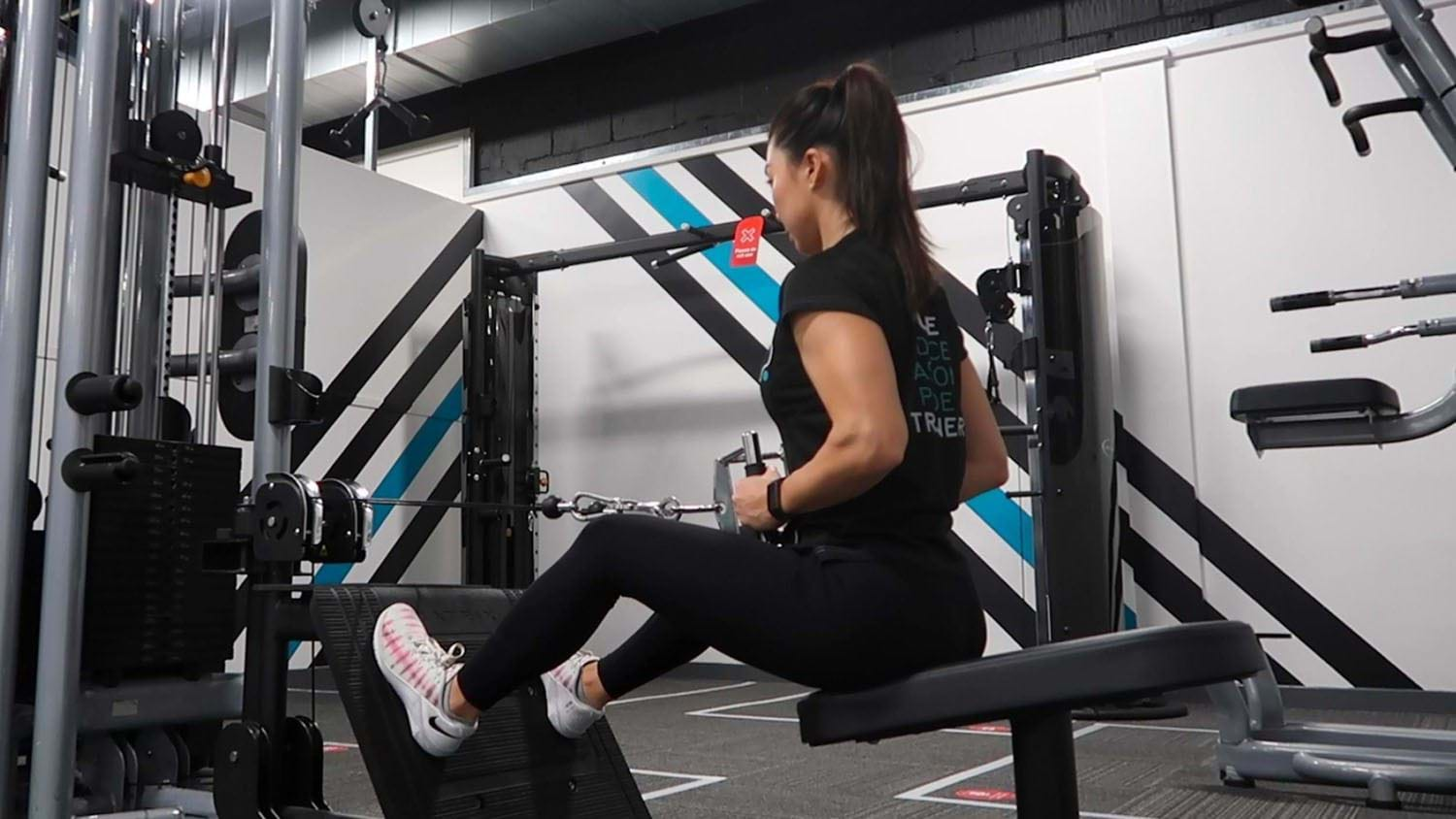
See all row exercise variations
The row exercise helps to develop the major back muscles, which can change the appearance of your upper body and also help to improve how you move in your day to day and when playing sports. There are many variations of rows you can perform in the gym. Find out the different variations below, and give these a try on your next back day.
The row consists of a horizontal pull movement, meaning you'll be pulling the weight in towards you. This is the main movement of the exercise, no matter which row variation you are trying. For every horizontal push movement you perform (for example press ups), it's recommended to perform two horizontal pull movements, to avoid overworking your chest, that could lead to curving of the spine (rounded back), and in turn compromise your posture. When thinking about training the back, it's important to think about creating a well-rounded routine.
Check out our other back exercises: Lat pull downs, pull ups, shrugs
COMMONLY ASKED QUESTIONS ABOUT ROWS
Bent over rows work the back (latissimis dorsi), shoulders, rhomboids, scapular stablisers, forearms and biceps, spinal erectors and to some degree your hamstring and glutes (for positioning).
Bent over rows or seated rows are typically performed to improve back strength and increase muscle mass on the back. They are not bad for your back unless they are performed incorrectly, so it’s important to learn proper technique. If you’re not sure how to perform this exercise, ask a personal trainer for guidance.
The t-bar row targets the back muscle (latissimus dorsi) but also works the teres major, trapezius and erector spinae, shoulders, biceps, brachialis and brachioradialis.
Row exercise tips
- Think about keeping your shoulders down as you perform a row to avoid hunching your shoulders up to your ears.
- When you pull the weight in towards you, think about squeezing your shoulder blades to contract your back muscles.
- Brace your core when performing this movement to help keep your torso stable.
Lat Pulldown Variations
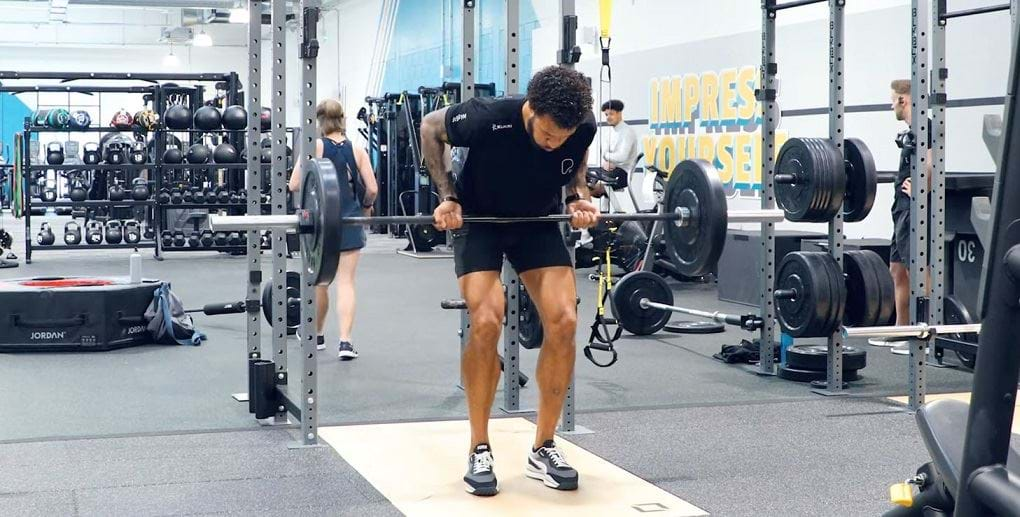
The barbell bent over row is great for building back strength and size and has nearly unlimited loading capabilities.
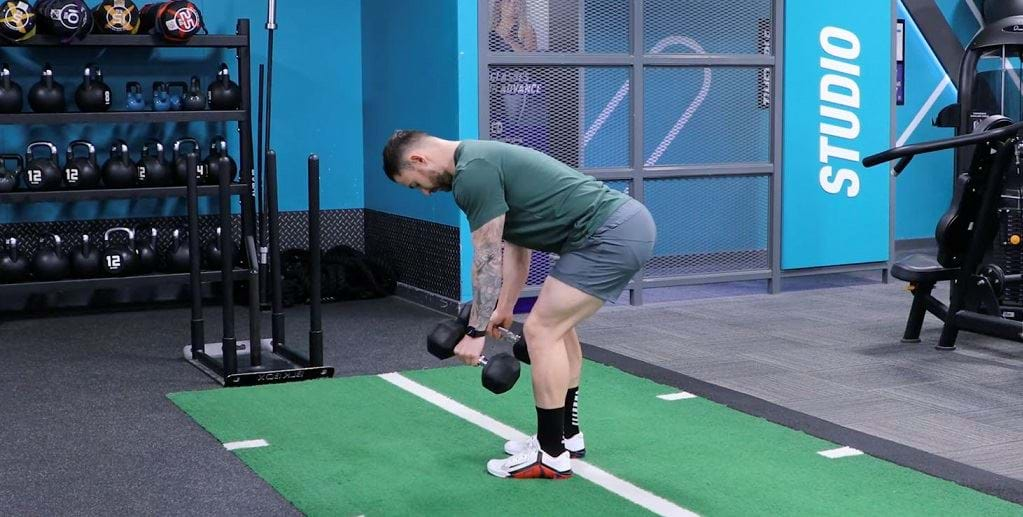
Suitable for beginners, dumbbell bent over rows build strength while addressing muscular imbalances.
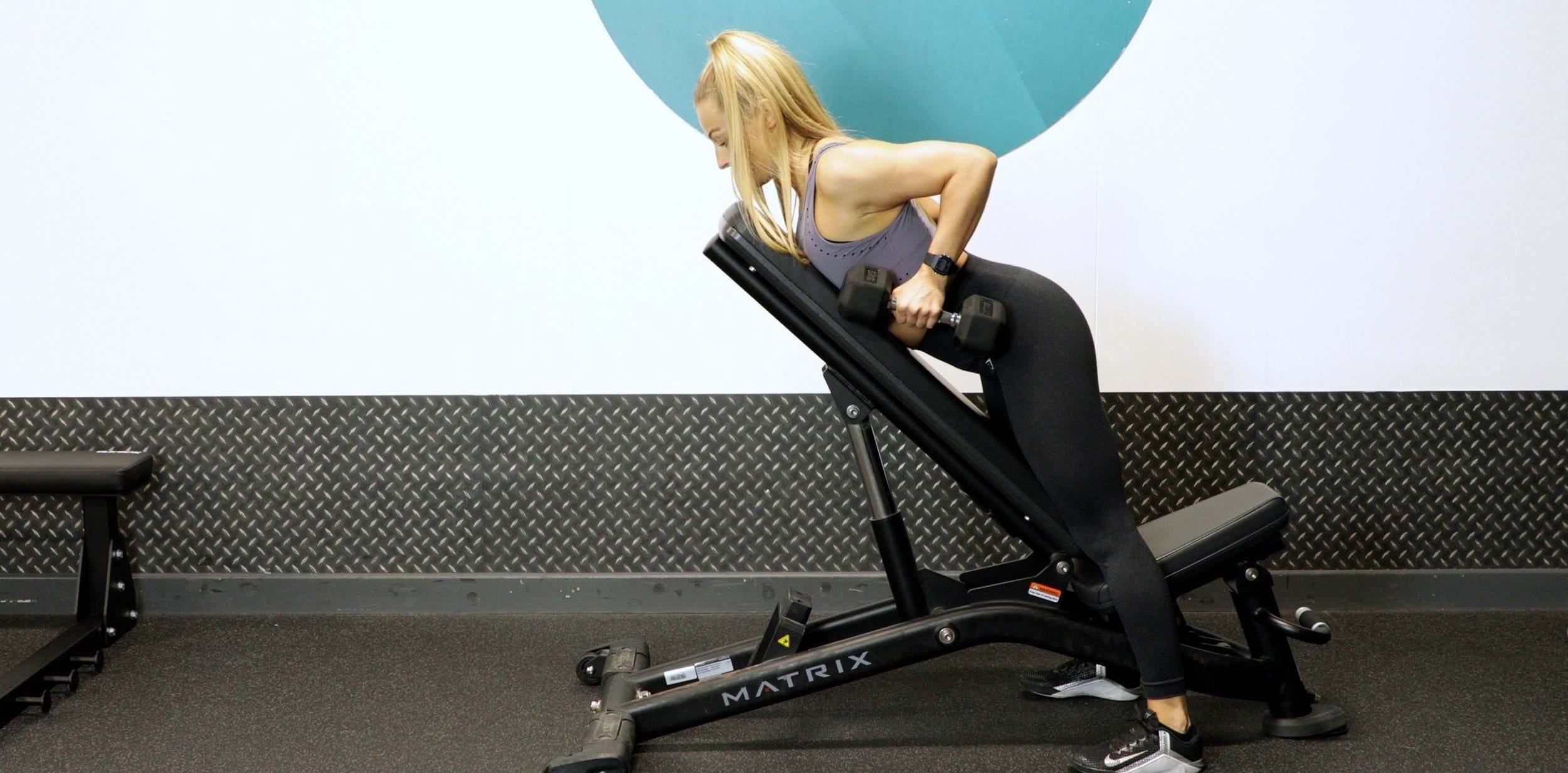
Chest supported rows or incline rows use a bench to provide stability and isolate the back.
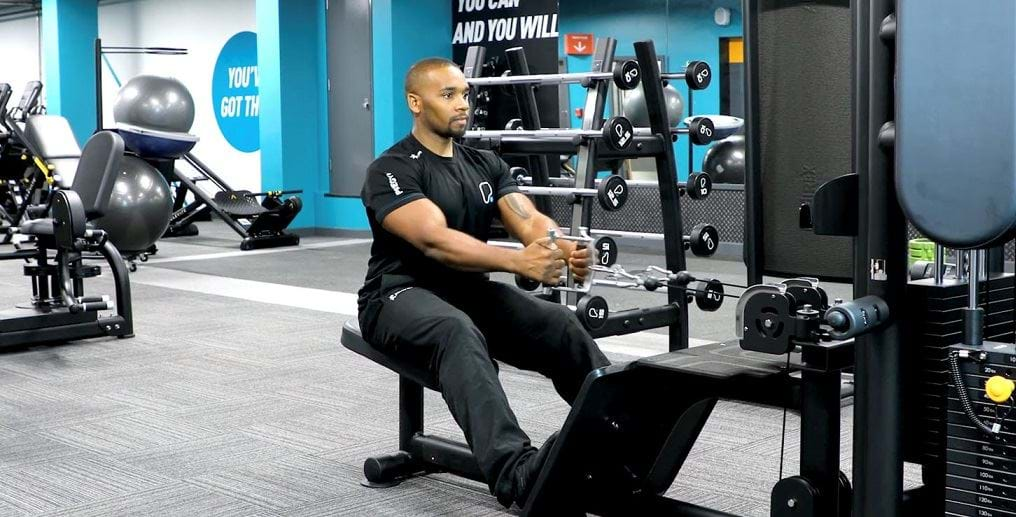
The seated row uses a cable machine which can target the back muscles more efficiently due to a stable path.
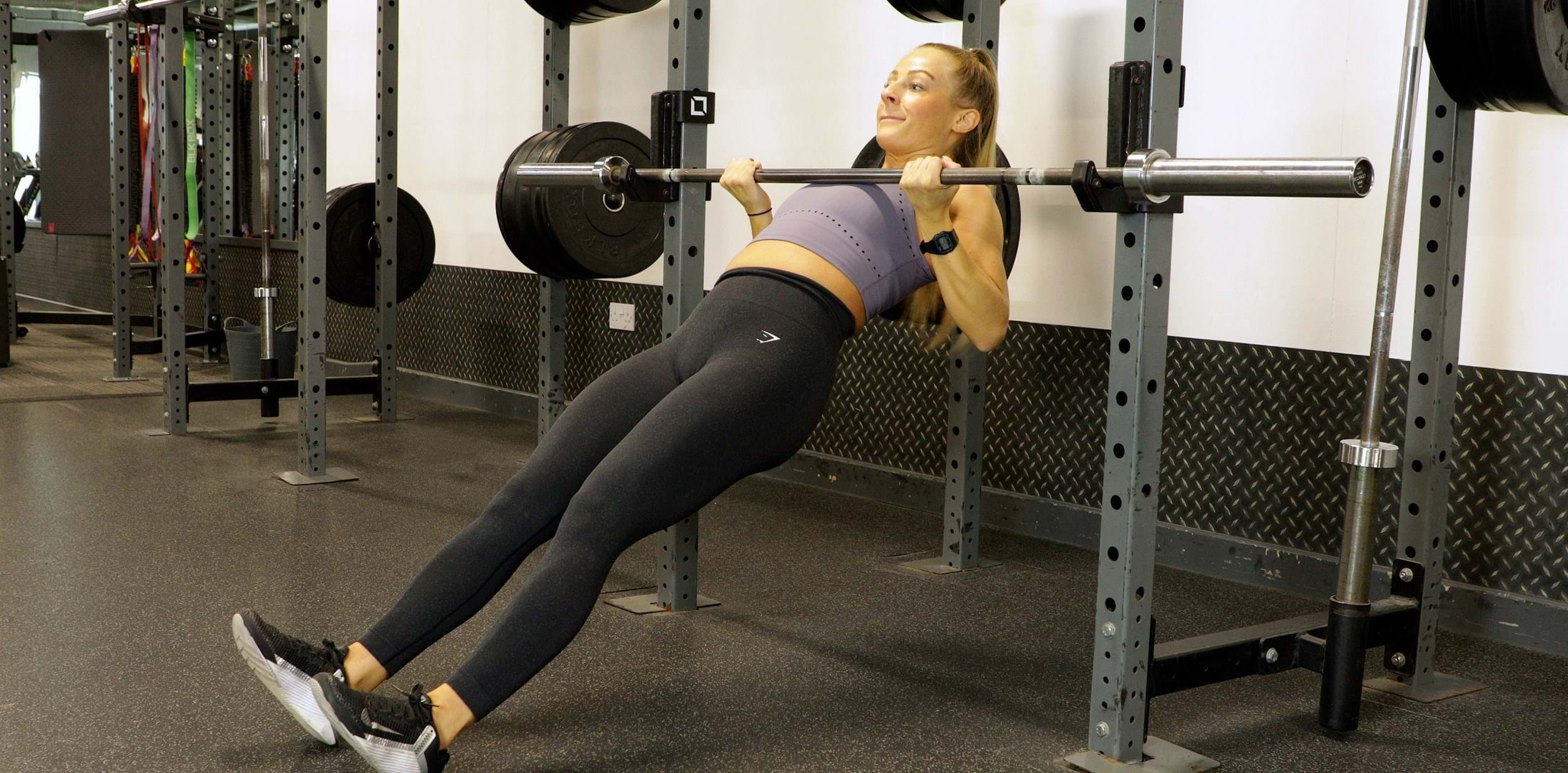
Inverted rows are a body weight row variation which can be made more or less challenging by altering the height.
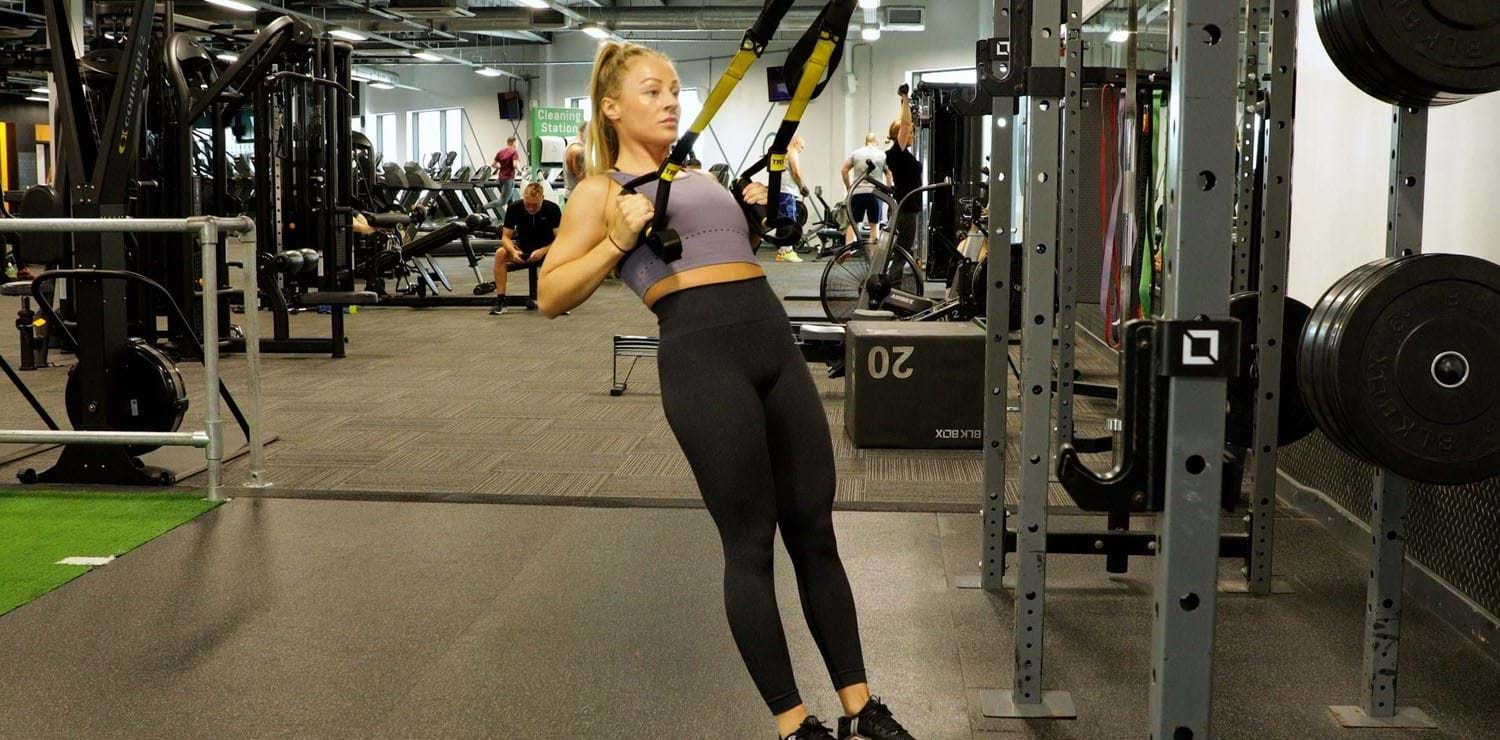
Similar to the inverted row, TRX rows use the TRX system and body weight to train the upper back.
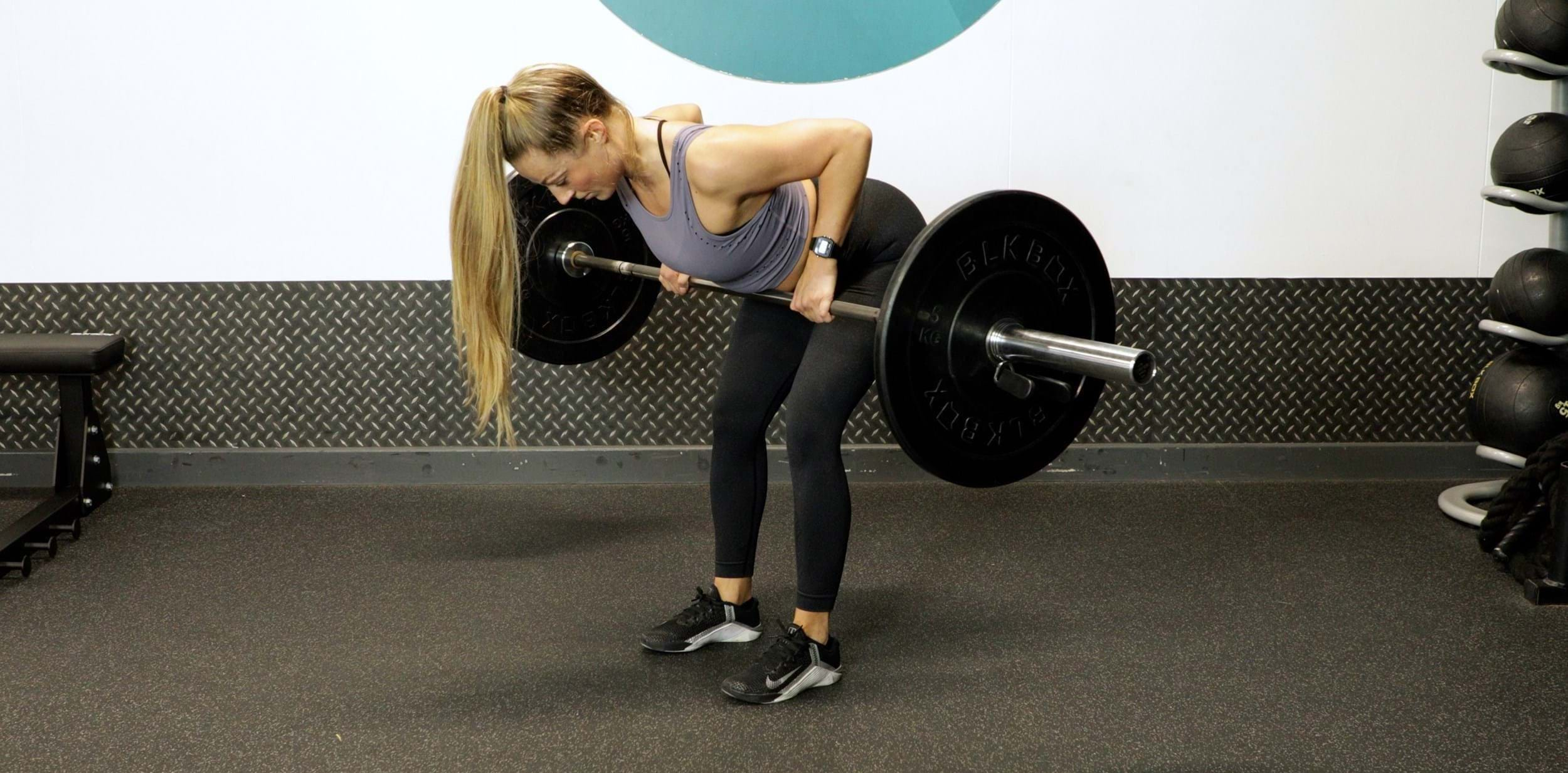
Pendlay rows involve rowing a barbell from a dead stop position to build power and strength.
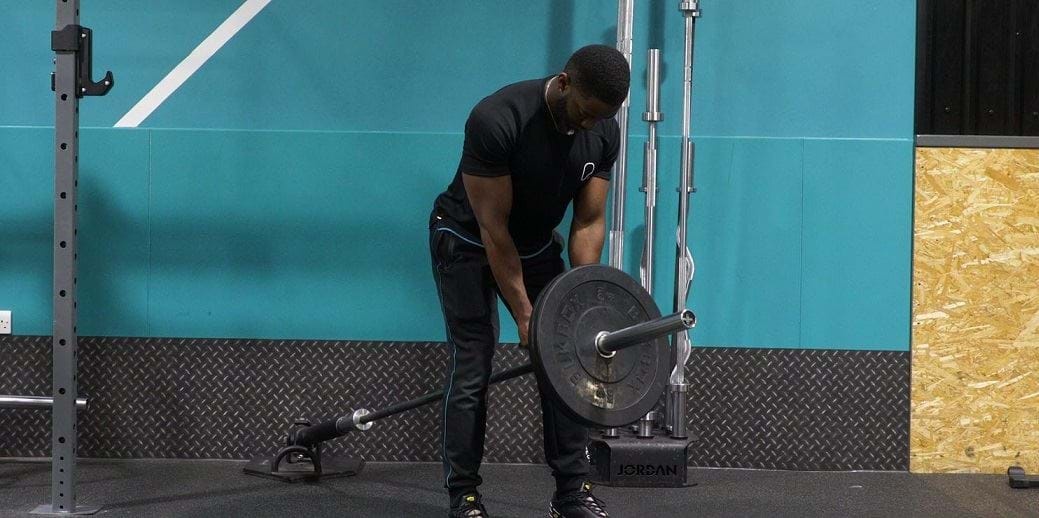
T-bar rows have a similar movement to the bent over row but have more stability due to the fixed bar path.
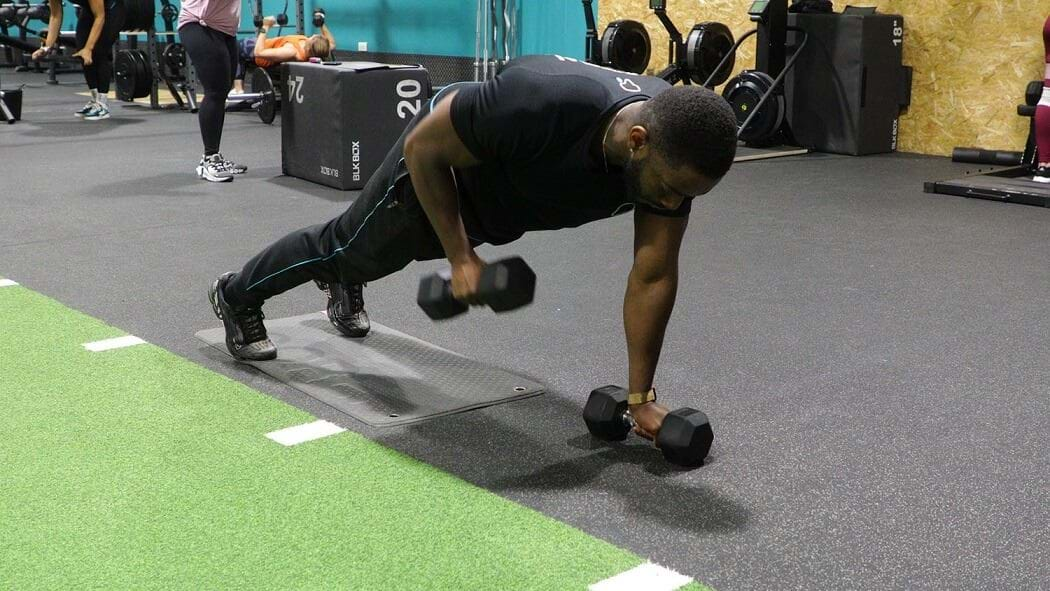
The renegade row combines the plank and dumbbell row for a challenging core and upper back exercise.
If you’re not sure whether a work out is suitable for you, please consult your doctor before you start it. If you're unsure of how to perform any of the above exercises, please ask help from a PT at your gym.
